Aluminium is a highly versatile material widely used in industrial construction, from factories to shopping centers. Its lightweight, durability, and corrosion resistance make it an ideal choice for various applications. However, to enhance its aesthetic appeal and functionality, aluminium coloring has emerged as a crucial process. This guide will explore different aluminium coloring methods, their applications, and best practices to ensure lasting beauty and durability.
How to Color Aluminum
Coloring aluminium involves several methods that can significantly impact the material’s appearance and performance. Understanding these methods is essential for directors and project managers looking to optimize costs while ensuring high-quality outcomes.
Different Aluminum Coloring Methods
- Anodizing
- Description: Anodizing is an electrochemical process that converts the surface of aluminium into a decorative, durable, corrosion-resistant anodic oxide finish.
- Coloring Process: The anodized layer can be dyed using various methods, including electrolytic and dip coloring.
- Applications: Common in architectural applications due to its durability and aesthetic versatility.
- Powder Coating
- Description: This method involves applying a dry powder that is then cured under heat to form a hard finish.
- Coloring Process: The powder can be mixed with color pigments to achieve a wide range of colors.
- Applications: Ideal for outdoor furniture and architectural elements due to its UV resistance.
- Dyeing
- Description: Dyeing involves immersing anodized aluminium in a dye solution that penetrates the porous anodic layer.
- Coloring Process: This method allows for vibrant colors but may require sealing for durability.
- Applications: Often used in decorative components where aesthetics are paramount.
Step-by-Step Guides for Each Method
Anodizing
- Cleaning: Remove any dirt or grease from the aluminium surface using detergents.
- Anodizing Process: Submerge the aluminium in an electrolyte solution and apply an electric current.
- Dyeing: After anodizing, immerse in a dye solution to achieve the desired color.
- Sealing: Seal the anodized layer to enhance durability.
Powder Coating
- Surface Preparation: Clean the aluminium surface thoroughly.
- Application of Powder: Use an electrostatic spray gun to apply the powder evenly.
- Curing: Bake the coated aluminium in an oven at specified temperatures until the powder melts and cures.
Dyeing
- Preparation: Clean and anodize the aluminium first.
- Dye Immersion: Place the anodized aluminium in a dye solution for the required time.
- Sealing: Seal the dyed surface to lock in color and enhance resistance.
Pros and Cons of Each Method
| Method | Pros | Cons |
| Anodizing | Durable, corrosion-resistant, vibrant colors | Limited color range compared to other methods |
| Powder Coating | Wide color options, UV resistant | Can chip or scratch under heavy use |
| Dyeing | Bright colors, aesthetically pleasing | May fade over time without proper sealing |
Choosing the Right Method for Different Applications
- For architectural projects requiring durability and aesthetic appeal, anodizing is often preferred due to its long-lasting finish.
- In automotive applications where weight reduction is crucial, powder coating provides both performance and visual enhancement.
- For interior design elements where vibrant colors are needed, consider using dyeing, ensuring proper sealing for longevity.
Read more Blog & New:
Achieving Vibrant Colors on Aluminum
The science behind aluminium coloring lies in understanding how colors are achieved through various chemical processes.
The Science of Aluminum Coloring
The anodization process creates a porous oxide layer on the surface of aluminium. This layer can absorb dyes or metallic salts that impart color through chemical reactions within the pores.
Achieving Specific Colors Using Different Methods
- To achieve a gold finish through anodizing, specific metal salts such as cobalt are used during the coloring phase.
- Mixing different metal salts can create unique shades; for example, combining copper and nickel salts can yield a greenish hue.
Color Charts and Palettes for Aluminum Coloring
Using standardized color charts helps ensure consistency across projects. Popular colour options include:
- Black
- Bronze
- Gold
- Silver
- Custom shades through mixing techniques
Tips for Achieving Vibrant and Long-lasting Colors
- Ensure thorough cleaning before any coloring process.
- Optimize dye concentration and temperature during dyeing for better penetration.
- Always seal colored aluminium surfaces to protect against UV damage.
Aluminum Coloring for Different Applications
Understanding how aluminum coloring applies across various sectors can help project managers make informed decisions.
Architectural Applications
Colored anodized aluminum panels are extensively used in building facades due to their aesthetic appeal and weather resistance.
Automotive Applications
In automotive design, colored aluminum parts provide both functional benefits (lightweight) and visual enhancements (decorative trims).
Furniture and Interior Design
Colored aluminum is increasingly popular in modern furniture design, offering stylish options that are also durable.
Ensuring Lasting Beauty: Durability and Maintenance of Colored Aluminum
To maintain the vibrancy of colored aluminum over time, it’s essential to follow best practices for cleaning and maintenance.
Factors Affecting the Durability of Colored Aluminum
- Environmental exposure (UV light, moisture).
- Quality of the coloring process (proper sealing).
- Type of finish applied (anodized vs painted).
Best Practices for Cleaning and Maintaining Colored Aluminum Surfaces
- Use mild detergents with soft cloths for cleaning.
- Avoid abrasive cleaners that may scratch the surface.
- Regularly inspect surfaces for signs of wear or fading.
Troubleshooting Common Issues
If discoloration occurs:
- Check if proper sealing was applied after dyeing or anodizing.
- Assess environmental factors that may contribute to fading.
Tips for Extending the Lifespan of Colored Aluminum
- Schedule regular maintenance checks.
- Store materials properly when not in use to avoid exposure to harsh conditions.
- Reapply protective coatings as necessary based on environmental conditions.
By understanding these aspects of aluminium coloring, directors and project managers can make informed decisions that enhance their projects’ aesthetic appeal while optimizing costs and ensuring safety standards are met. For personalized consultations on choosing the right aluminum suppliers or specific coloring techniques tailored to your project needs, please fill out your contact information below to receive expert advice from Cozydoor at preferential prices!


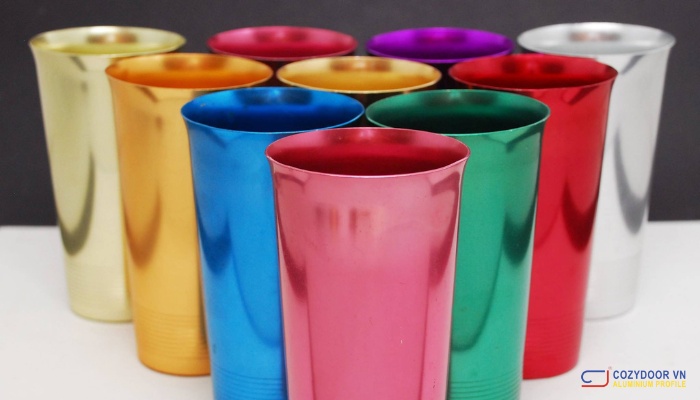
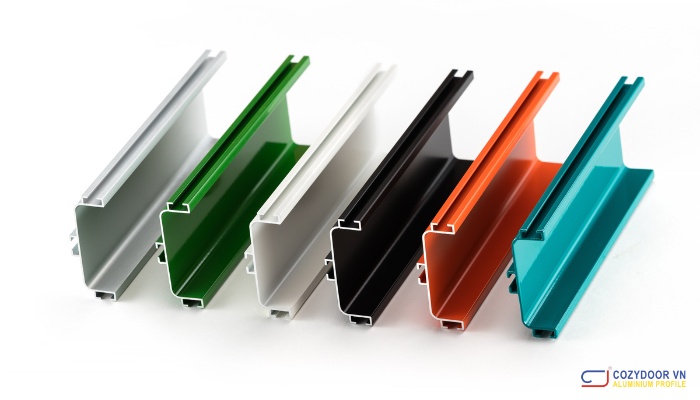
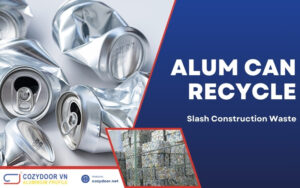
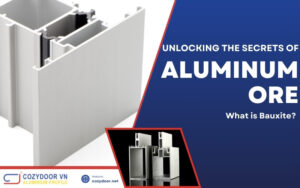
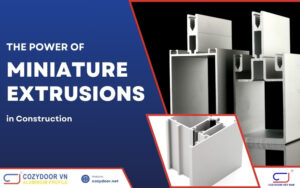

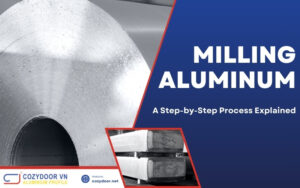
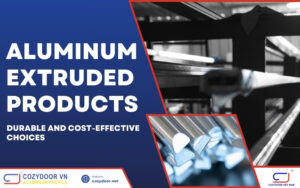
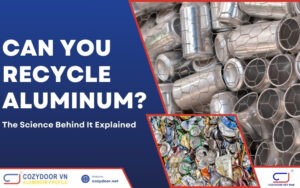
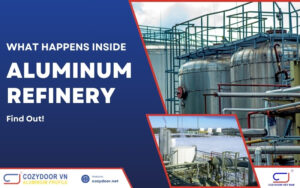
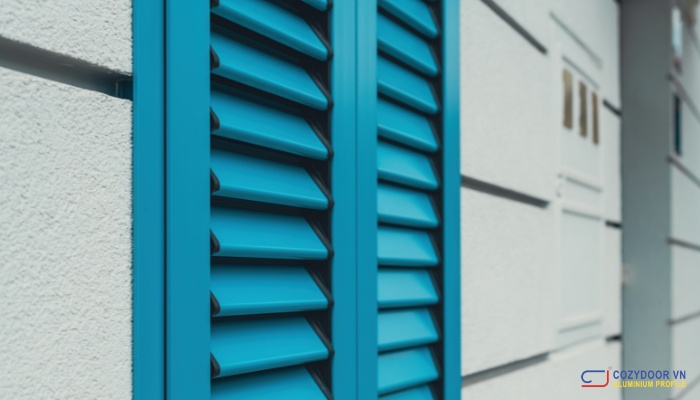
Density of 6061 Aluminum Explained: How It Compares to Other Metals
Is your next industrial construction project on time and within [...]
Nov
Discover the Different Aluminum Types You Need to Know
Are you tired of the same old materials? Ready to [...]
Nov
ADC12 Aluminum: A Strong, Lightweight Solution for All Needs
Are you a director or project manager in industrial construction [...]
Nov
Custom Aluminum Extrusions: Perfect Fit for Your Design Needs
Tired of the same old, cookie-cutter solutions for your industrial [...]
Nov
Mastering the Conductivity of Al for Optimal Project Success
One key factor often overlooked is the strategic selection of [...]
Nov
The Ultimate Guide to Stainless Steel Recycling
Why Stainless Steel Recycling Matters in Today’s Construction Industry As [...]
Nov
Mastering Aluminum Heat Transfer in Industrial Construction
Project managers and directors, imagine a world where temperature control [...]
Nov
The Benefits of Using High Tensile Aluminium in Construction
In today’s fast-paced construction landscape, project managers and directors constantly [...]
Nov